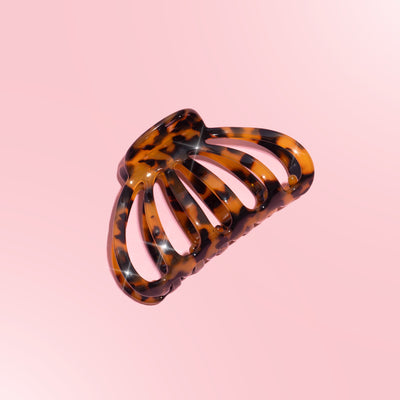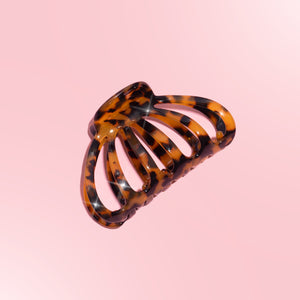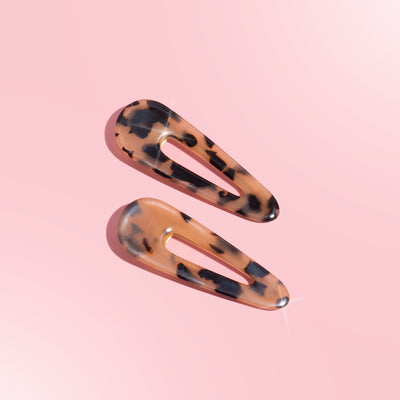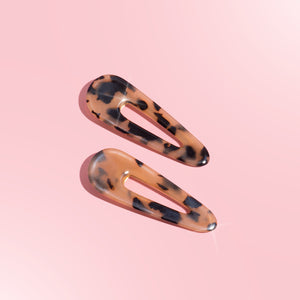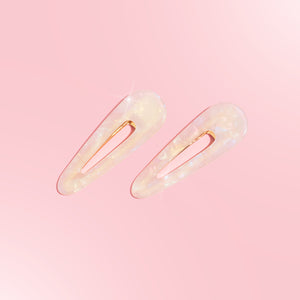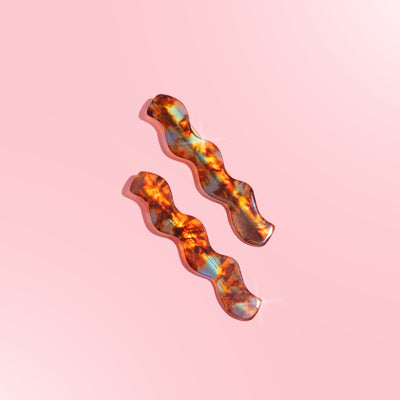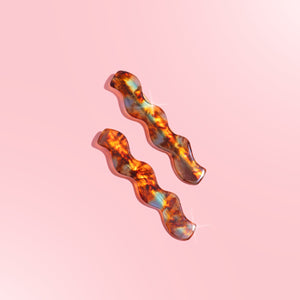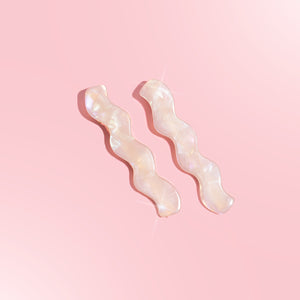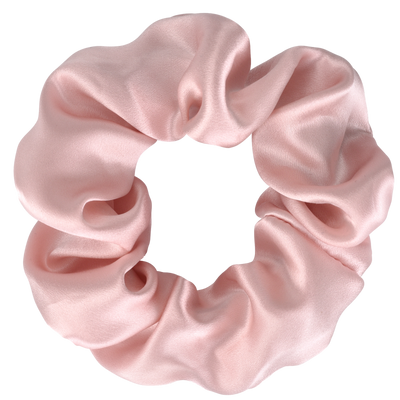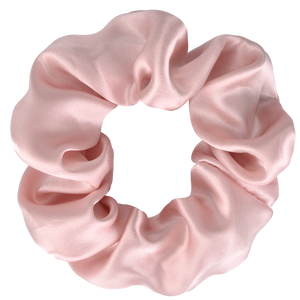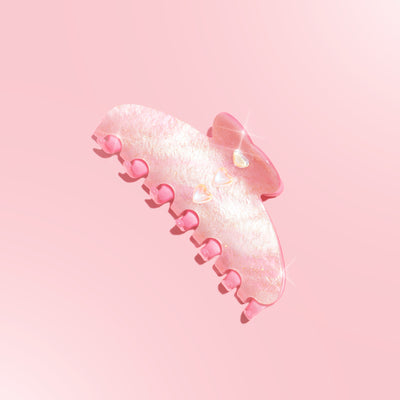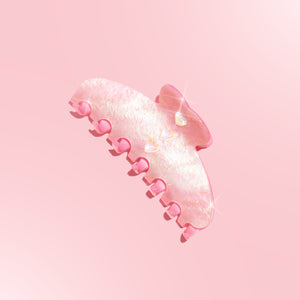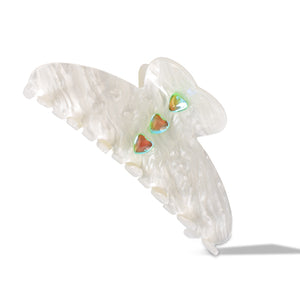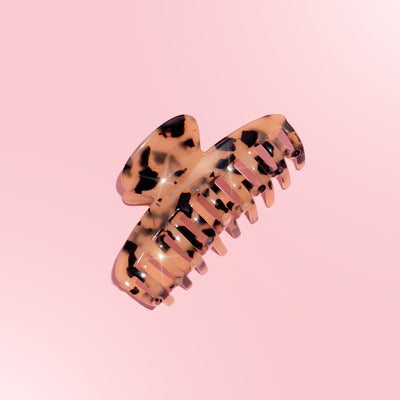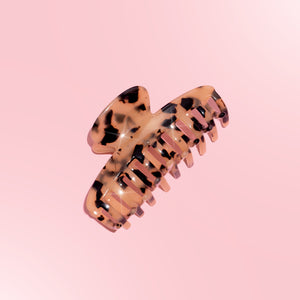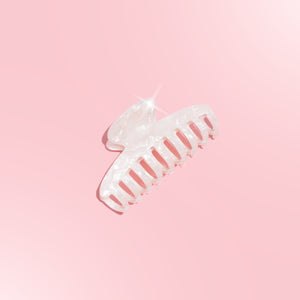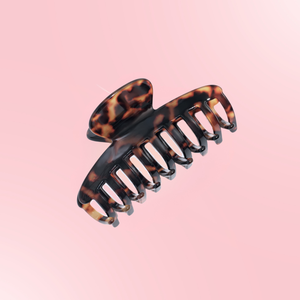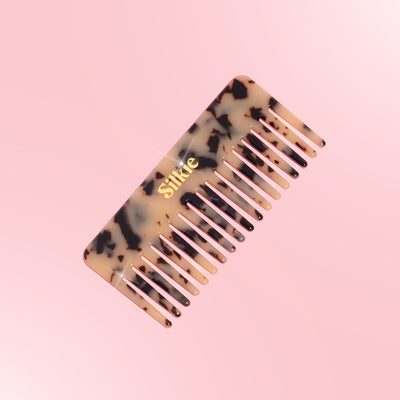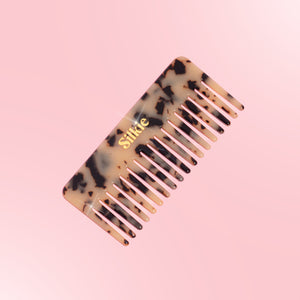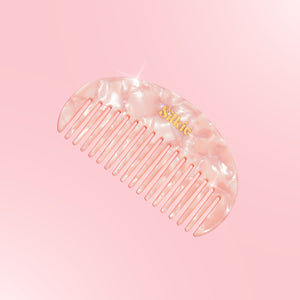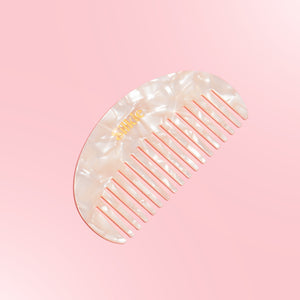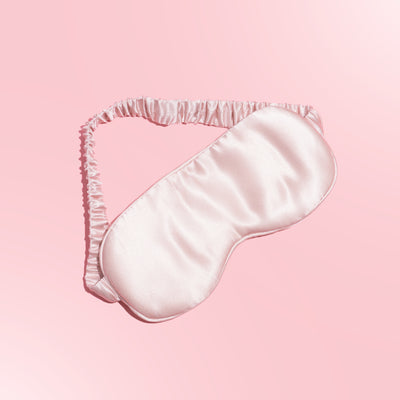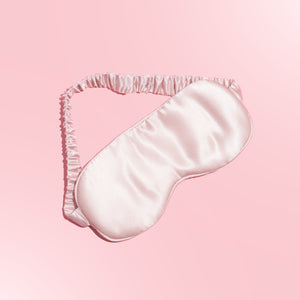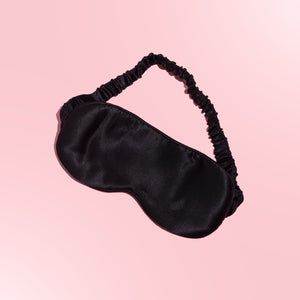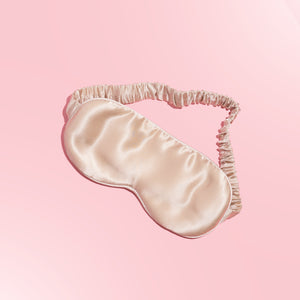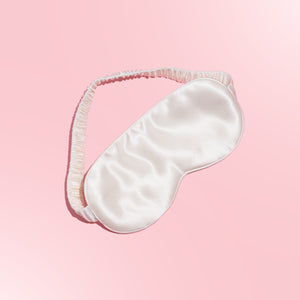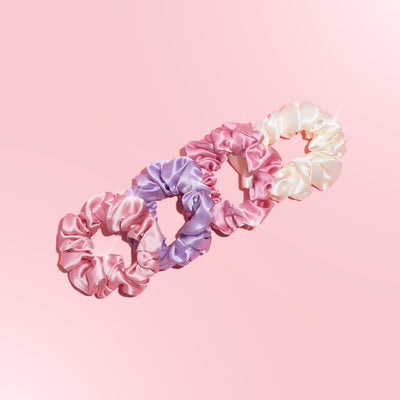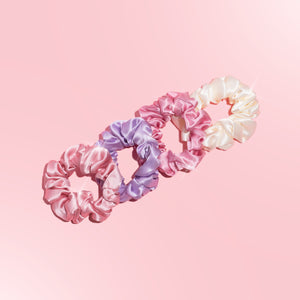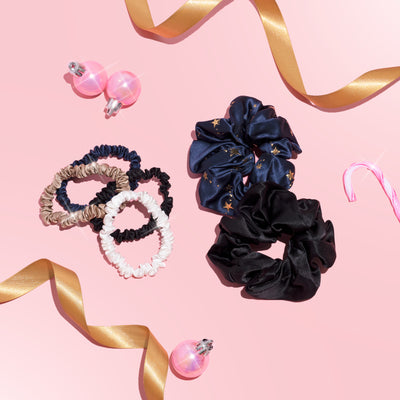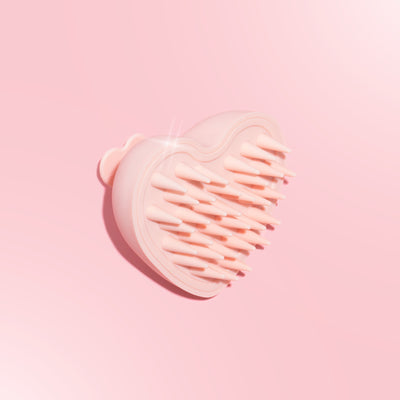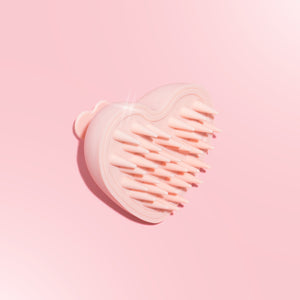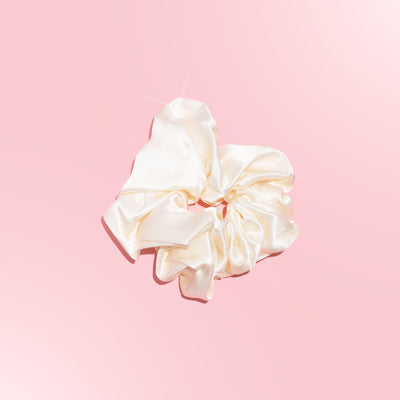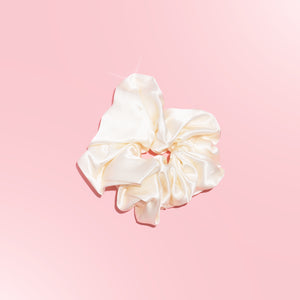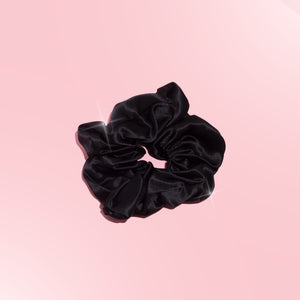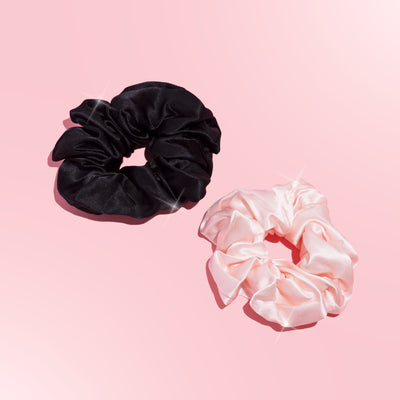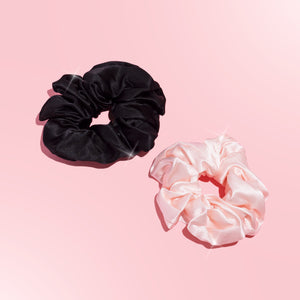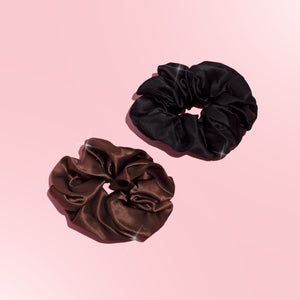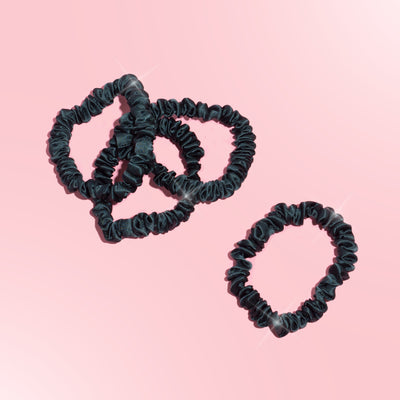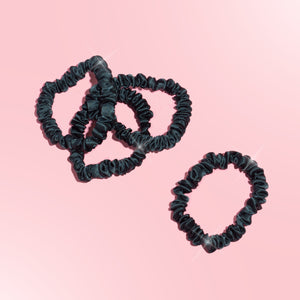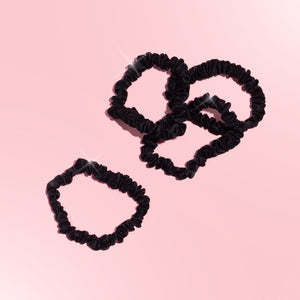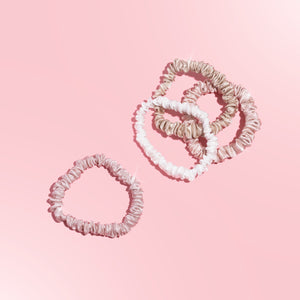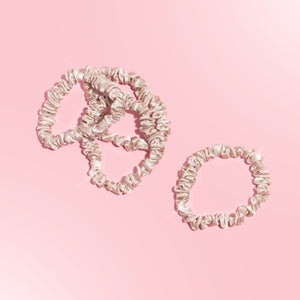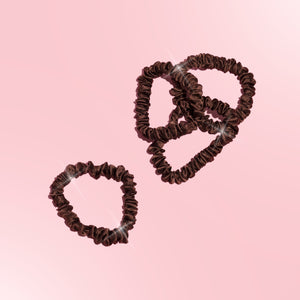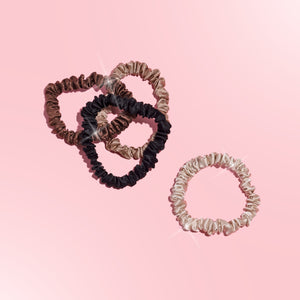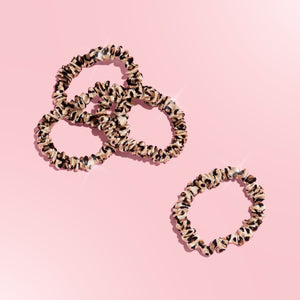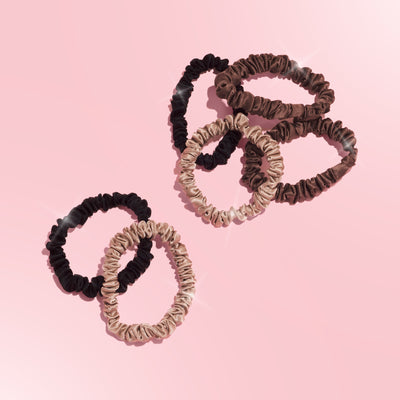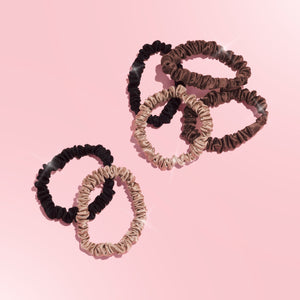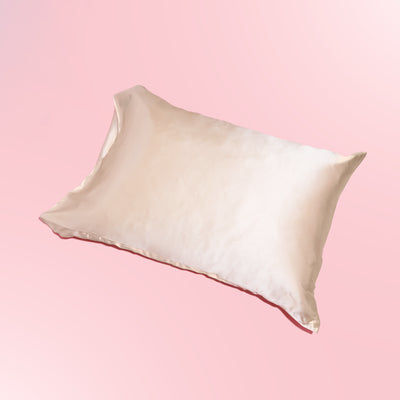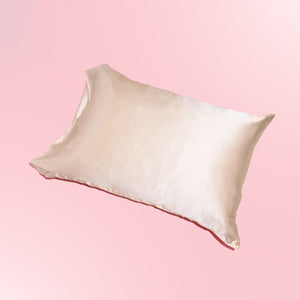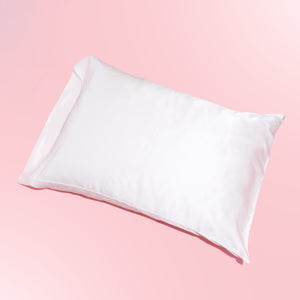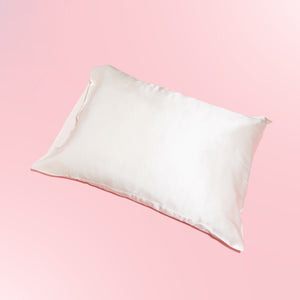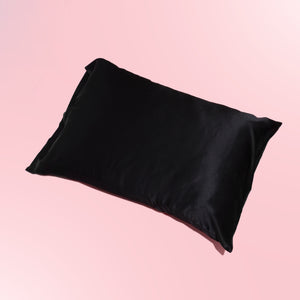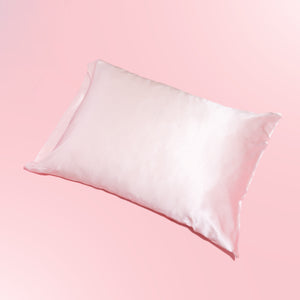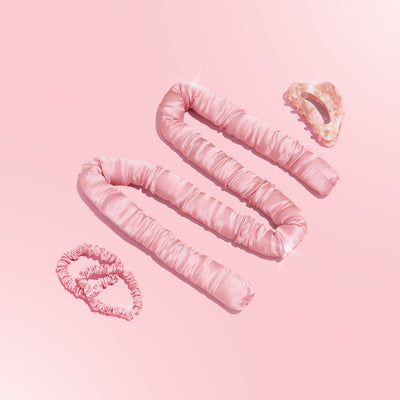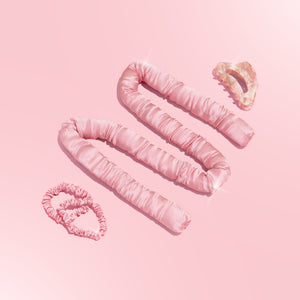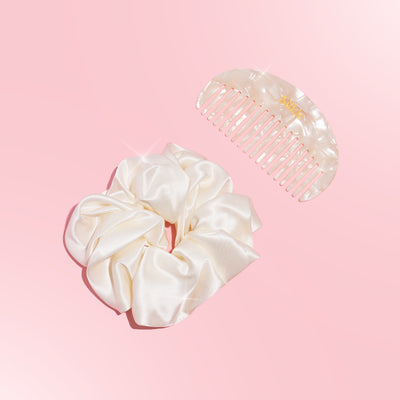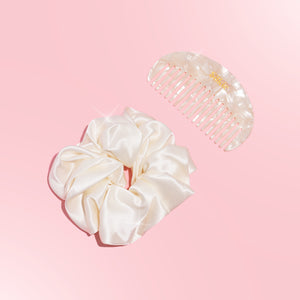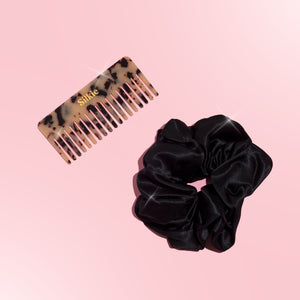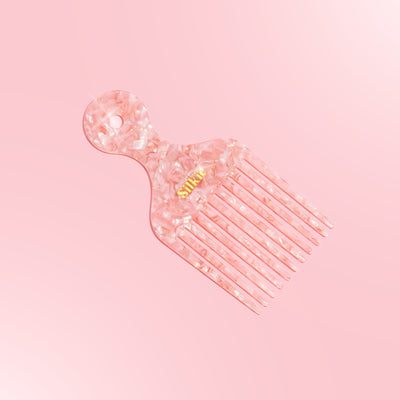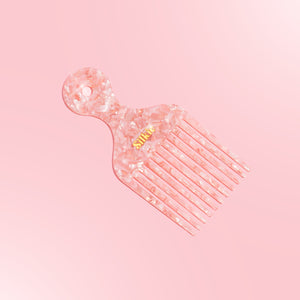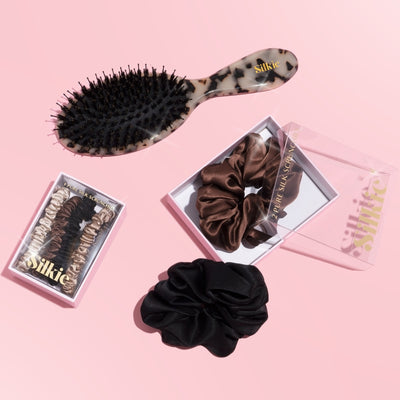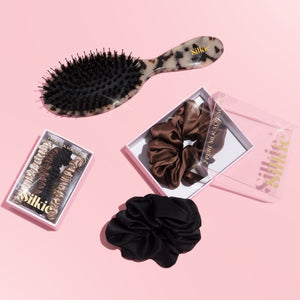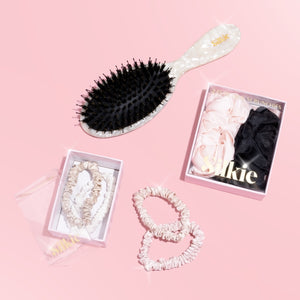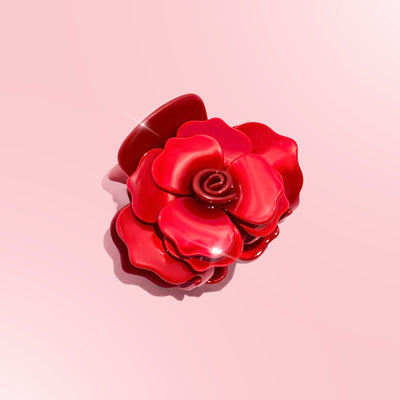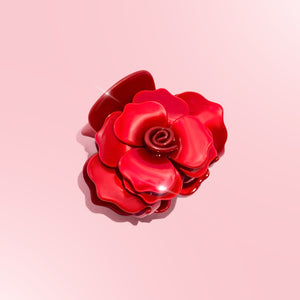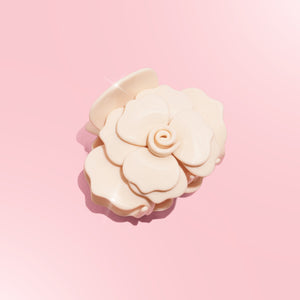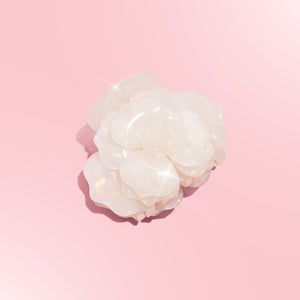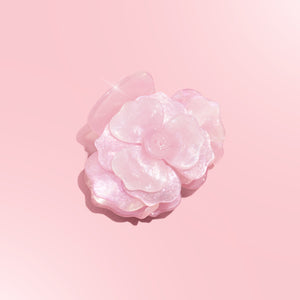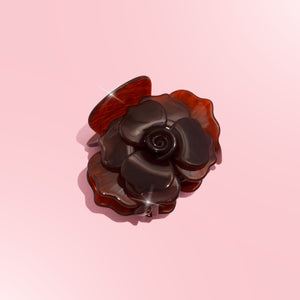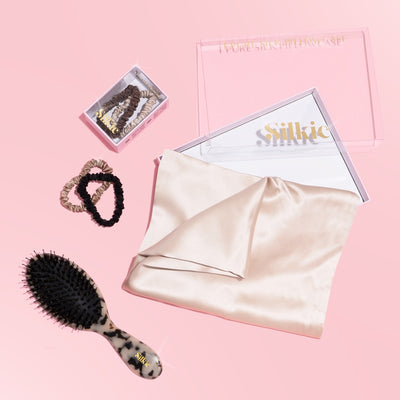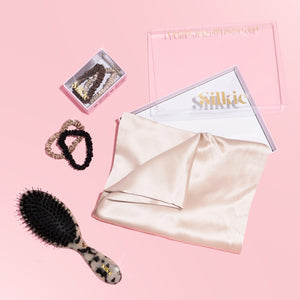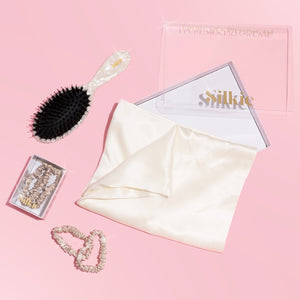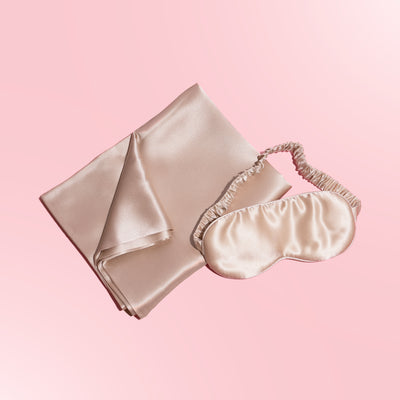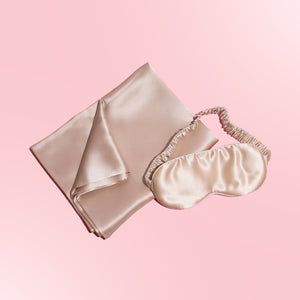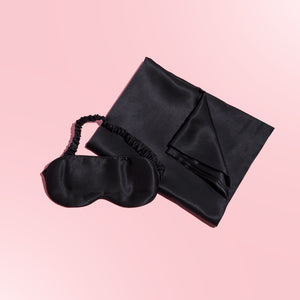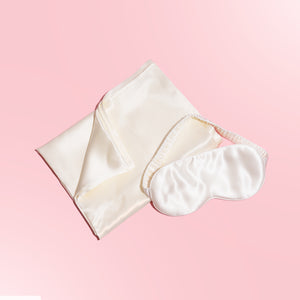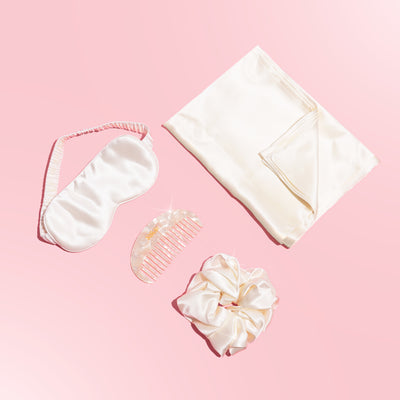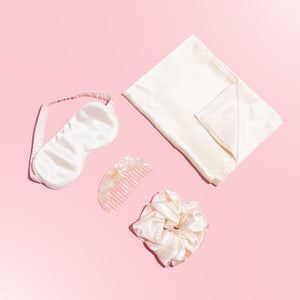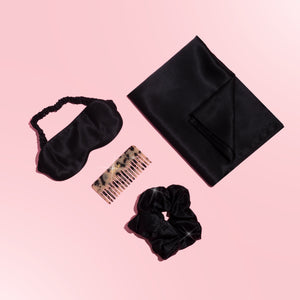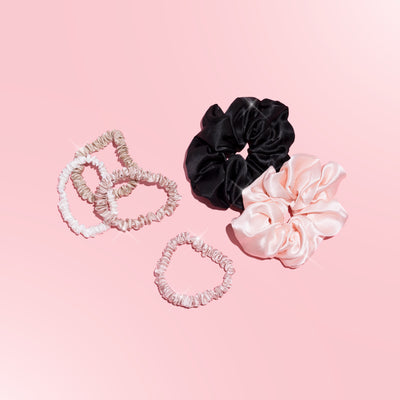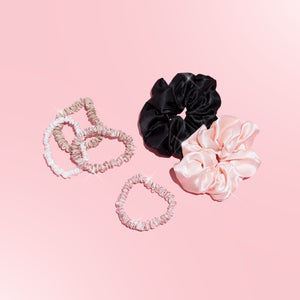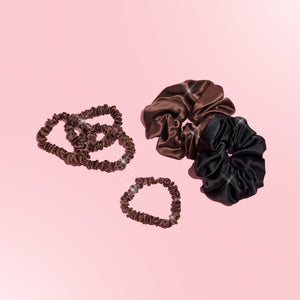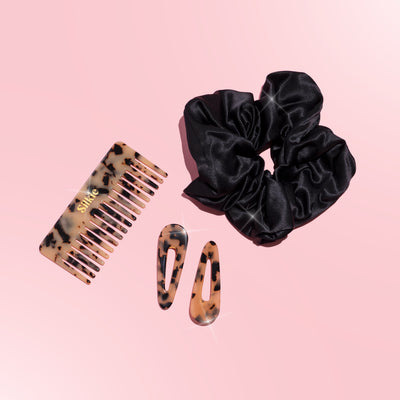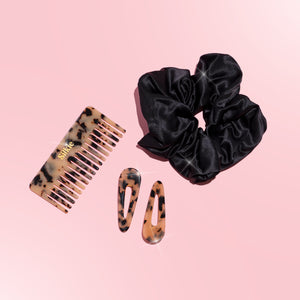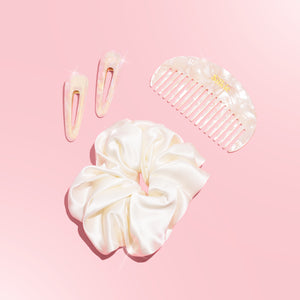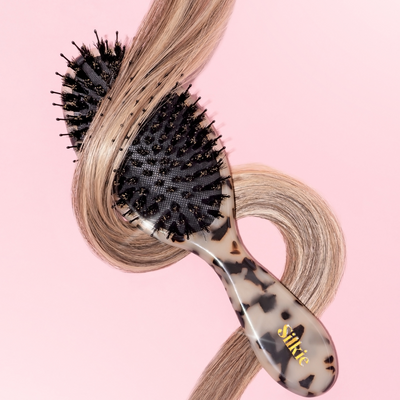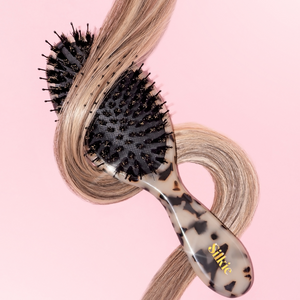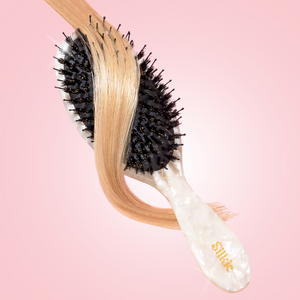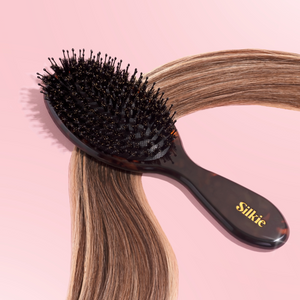Why Climate Changes Can Affect Your Hair and How to Adapt
One day it’s humid, the next it’s dry. Then the wind picks up, or the sun scorches your part. Your hair notices—even if you don’t.
Just like your skin, your hair responds to environmental changes. The weather shifts. Your hair reacts. It’s that simple… and that complex.
At Silkie, we’re all about working with your hair, not against it. So let’s break down exactly how climate affects your strands—and how you can adapt with a few smart changes.
Your Hair’s Relationship with the Weather
Hair is porous. That means it absorbs moisture from the air—or loses it to the air. So whether it’s dry winter winds or sticky summer humidity, your strands are always adjusting.
Here's how different climates mess with your mane:
1. Cold, Dry Weather = Brittle Hair
In low humidity (think: winter or dry desert air), your hair loses moisture fast. The result?
-
Dry, brittle strands
-
Static and flyaways
-
Increased breakage
2. Hot, Humid Weather = Frizz Central
Humidity causes the cuticle layer to swell and lift. That’s what creates frizz, puffiness, and loss of definition—especially for curly-haired girls.
3. Wind = Tangled, Damaged Ends
Wind beats your hair up. It causes knots, frays the ends, and dries out your lengths. It also blows away protective oils from your scalp.
4. Sun = Faded Color + Dehydration
UV rays can actually break down hair proteins. This leads to:
-
Faded color (especially if you dye your hair)
-
Weak, dry strands
-
Scalp sensitivity
How to Adapt: Silkie-Approved Haircare for Changing Weather
Let’s talk solutions. Because you don’t need to overhaul your routine—you just need to tweak it as the climate shifts.
Hydrate with Intention
No matter the weather, moisture is your best friend. Swap in richer products during dry months. Add leave-ins or serums when humidity strikes.
Silkie Tip: Use a silk pillowcase to retain hydration while you sleep. Cotton pulls moisture from your hair. Silk helps lock it in.
Minimize Friction
Frizz often starts with friction. Whether it’s from rough towels, pillowcases, or even your scarf—what your hair touches matters.
Try This:
-
Use a silk scrunchie instead of elastic.
-
Switch to a microfiber or T-shirt towel.
-
Protect your hair with a loose braid at night.
Add Scalp Care into Your Routine
Climate changes don’t just affect your strands. Your scalp takes a hit too. Cold weather can make it dry and flaky. Heat can make it oily and irritated.
Massage your scalp with a boar bristle brush. It stimulates circulation and redistributes natural oils.
Explore the Silkie Boar Bristle Brush →
Protect Your Hair Outside
When you know the weather’s going to be rough, prepare your hair like you do your outfit.
-
Add a UV protectant in summer.
-
Cover your hair with a hat in harsh wind.
-
Deep condition before or after extreme weather exposure.
Final Thoughts: Your Hair Needs Seasonal Love
You wouldn’t wear the same coat year-round, right? Your hair doesn’t want the same treatment, either.
Pay attention to the shifts. Listen to what your hair is asking for. Then adjust—gently, intentionally.
Want to weather-proof your hair routine the Silkie way?
Start by upgrading your basics. A silk pillowcase, a gentle brush, and the right accessories go a long way in protecting your hair, no matter the season.
Explore the full Silkie collection at www.shopsilkie.com and treat your hair like the goddess-worthy crown it is.
